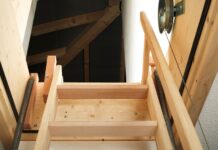Home security surveillance is essential for safeguarding your property and loved ones.
Setting up an effective system involves several steps to ensure comprehensive coverage and functionality. Of course, you need experience to do it properly, otherwise you would need to consult with a professional.
Here are seven tips to help you get started.
1. Assess Your Security Needs
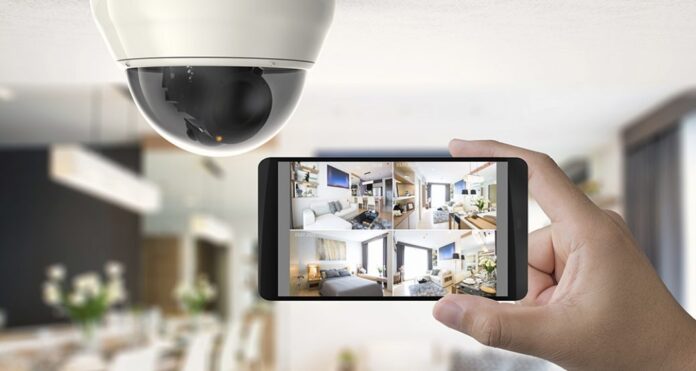
The first step in setting up home security surveillance is to assess your security needs. Begin by identifying the areas of your home that require monitoring.
Typically, this includes entrances, windows, and other vulnerable points where intrusions are likely to occur. Consider the layout of your home, the size of your property, and any specific security concerns you may have, such as areas with poor lighting or secluded spots.
Take into account any recent security incidents in your neighborhood. Understanding your specific needs will help you choose the right type and number of cameras, ensuring comprehensive coverage and peace of mind.
2. Choose the Right Cameras
Selecting the right cameras is crucial for an effective surveillance system. The choice between wired and wireless cameras is the first decision you need to make. Wired cameras offer greater reliability and a consistent power supply, making them ideal for areas where a stable connection is critical.
However, they require more extensive installation work, including running cables through walls or ceilings, which can be both time-consuming and costly. On the other hand, wireless cameras provide greater flexibility in terms of placement and are easier to install, as they don’t require extensive wiring.
They are perfect for areas where you want quick setup and the ability to move cameras as needed. However, they depend on a stable Wi-Fi connection and may require regular battery changes or recharging.
When choosing cameras, it’s essential to evaluate the features they offer to ensure they meet your specific security needs. Night vision capabilities are a must for monitoring low-light areas, such as backyards or poorly lit entrances.
Cameras with PTZ (pan-tilt-zoom) capabilities allow you to remotely control the camera’s viewing angle and zoom in on specific areas, providing broader coverage and the ability to focus on suspicious activity.
High-resolution cameras are essential for capturing clear images, which can be critical for identifying intruders or other security incidents.
Motion detection is another valuable feature to consider. Cameras with motion detection can save storage space and make it easier to review footage by recording only when activity is detected. This not only conserves storage space but also helps in quickly identifying and responding to potential security threats.
Some advanced models also offer smart motion detection, which can differentiate between human movement and other types of motion, reducing false alarms.
Furthermore, consider additional features such as audio capabilities, which can allow you to hear and record sound, adding another layer of security. Some cameras also come with two-way audio, enabling you to communicate with someone on your property via the camera’s built-in speaker and microphone.
3. Plan Camera Placement
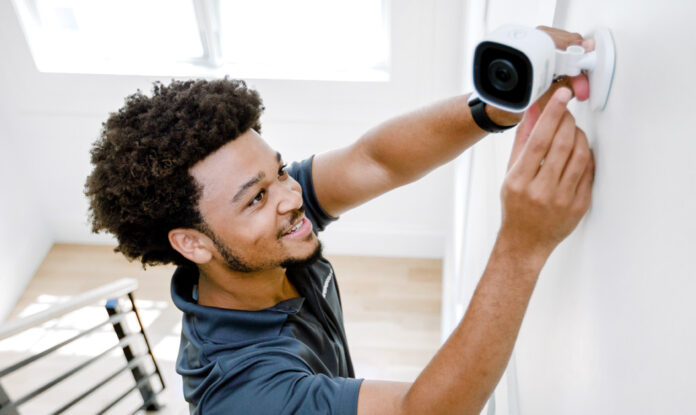
Strategic camera placement is vital for maximizing coverage and effectiveness. Place cameras at least 10 feet off the ground to avoid tampering and ensure a broad field of view. Focus on key areas such as doors, windows, driveways, and garages, where intrusions are most likely.
Ensure that cameras are positioned to cover all entry points and potential blind spots. Avoid placing cameras in areas where bright light, such as direct sunlight or headlights, can distort footage.
By planning the placement carefully, you can create a comprehensive surveillance network that provides optimal security for your home.
4. Ensure Proper Installation
Proper installation of your cameras is essential for their functionality and longevity. Follow the manufacturer’s guidelines for mounting cameras, ensuring they are securely fixed and positioned correctly.
For outdoor cameras, use protective housings to shield them from weather conditions, such as rain, snow, and extreme temperatures. Conceal cables to prevent tampering with wired cameras, and secure wireless cameras to prevent them from being easily removed.
Proper installation not only enhances the effectiveness of your surveillance system but also ensures that your equipment remains in good working condition for years to come.
5. Optimize Lighting
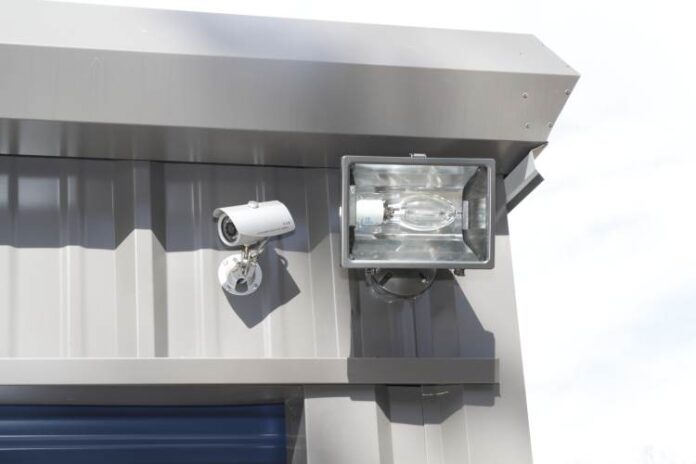
Optimizing lighting is a crucial aspect of home security surveillance. Install cameras in areas with sufficient natural or artificial light to ensure clear footage.
In low-light areas, use motion-activated lights to enhance visibility and deter intruders. Consider adding infrared or LED lighting to improve night vision capabilities. Proper lighting helps in capturing detailed images and reduces the likelihood of blind spots.
Additionally, well-lit areas make it harder for intruders to approach undetected. By optimizing lighting, you enhance the effectiveness of your surveillance system and improve overall security.
6. Secure Your Camera System
Securing your camera system against cyber threats is as important as physical security. Use strong, unique passwords for your cameras and change them regularly to prevent unauthorized access.
Enable encryption to protect the data transmitted between your cameras and recording devices. Regularly update the firmware of your cameras to fix vulnerabilities and improve performance.
Consider cloud storage for secure and easily accessible video footage, ensuring it is backed up and protected from physical damage or theft.
By securing your camera system, you protect your surveillance data and ensure the integrity of your security measures.
7. Regular Maintenance and Testing
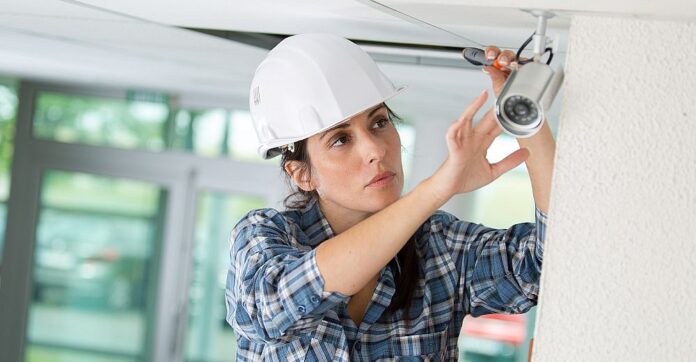
Regular maintenance and testing of your surveillance system are essential to ensure it remains effective. Periodically check and clean camera lenses to maintain clear image quality. Test your system to ensure all cameras are functioning correctly and covering the intended areas.
Update the software to take advantage of new features and security improvements. For wireless cameras, replace batteries as needed to prevent downtime.
By performing regular maintenance and testing, you can identify and resolve issues promptly, ensuring your surveillance system continues to provide reliable security for your home.
The Bottom Line
Implementing a home security surveillance system involves careful planning and regular upkeep. By following these seven tips, you can enhance your home’s security, ensuring peace of mind for you and your family.



